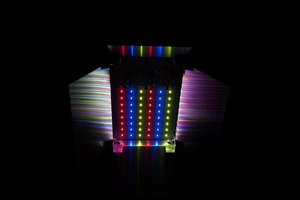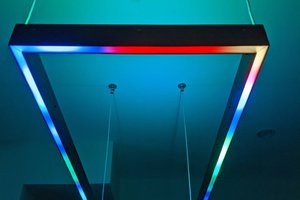This probably comes under the "not much of a hack" banner...
I guess some purists would suggest that replacing a flat filament tungsten bulb, whopping great wire wound pot, and a large transformer with an LED headlight bulb, cheap'n cheerful LED PWM controller for the ubiquitous LED strips and a 12V wall wart is a little obvious for a hack... however I hope to add a little "value" with the construction log.
The LED bulb I used here probably produces something in the order of 200 lumens, depending on which cheap'n cheerful white LEDs this particular manufacturer used. This was more than adequate for this conversion.
If you want some serious light, (1000+ Lumens) then you could go for something like the Cree XM-L series LEDs ( http://www.cree.com/LED-Components-and-Modules/Products/XLamp/Discrete-Directional/XLamp-XML ) - but bear in mind that excessive amounts of light can be bad for both the sample being observed through the microscope, and more importantly, your eyes.
Cree bulbs can be found on ebay for a few bucks more than the headlight bulb, or even liberated from one of the many Cree LED torches. However these bulbs will require a different power supply, at the bare minimum they will need a suitable current limiting resistor, but if you intend to drive them really hard, you will may need to add a heatsink and perhaps a constant current supply. The single bulb option does have the distinct advantage of being closer in nature to a single point source, which means less messing about to focus all of the useful light on to the subject.
 andyhull
andyhull
 t.oster92
t.oster92
 Rich Morrissey
Rich Morrissey

 Steve Pomeroy
Steve Pomeroy